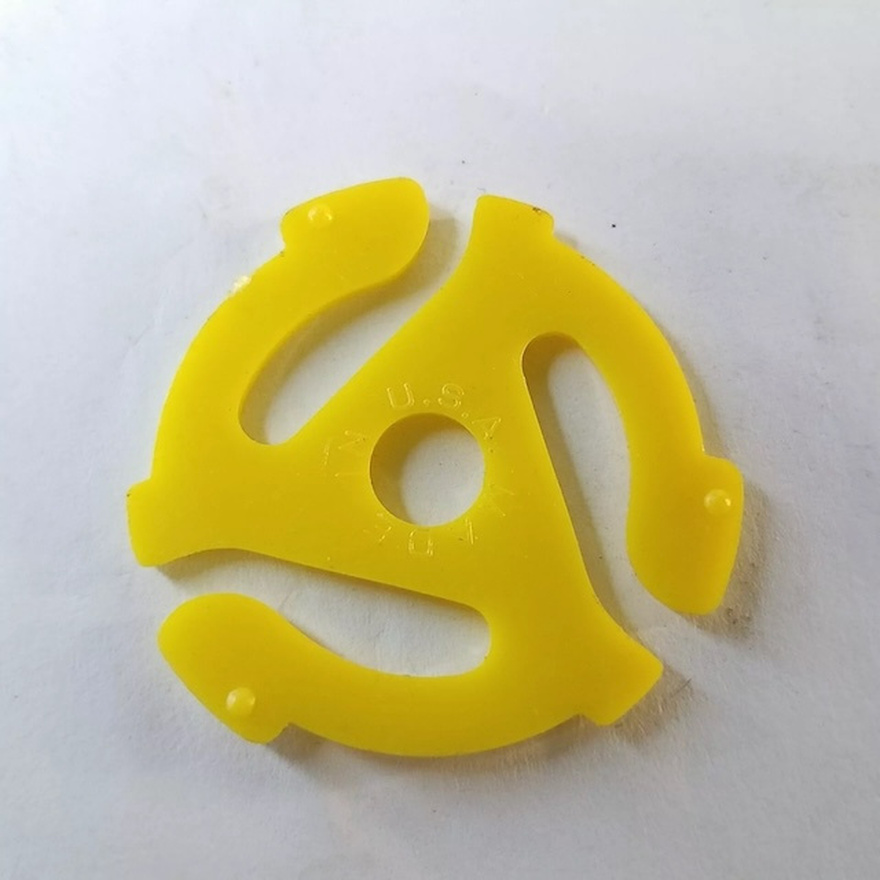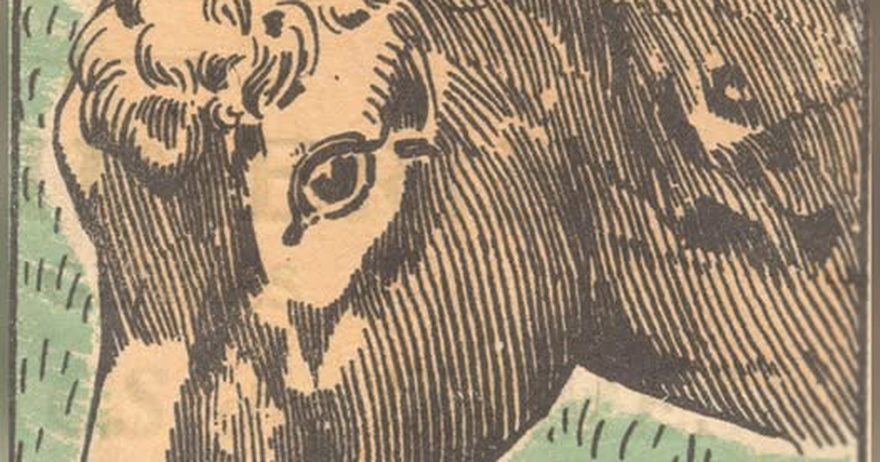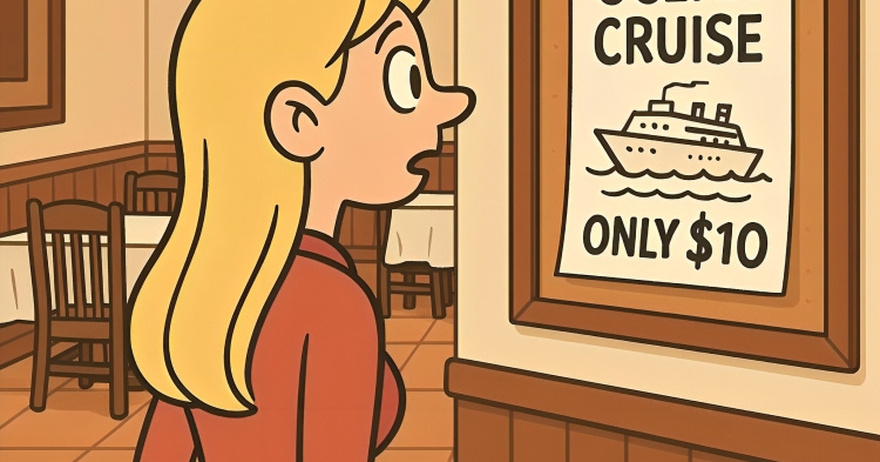Back in the golden age of vinyl, there was one small object that quietly played a massive role in music culture—the 45 RPM record adapter. If you instantly know what it is just by name, you’re part of a special group that remembers what music used to feel like. It wasn’t just about the sound—it was about the experience. And this little adapter was at the heart of it all.
Let’s take a nostalgic journey through the story of the 45 RPM adapter, from its origin to its cultural impact and legacy.
The Birth of a Music Revolution: 45 RPM Records
In 1949, RCA Victor launched a new type of vinyl record that would transform the music scene—the 45 RPM. It was smaller than the 12-inch LPs and faster than the older 78s, making it perfect for single tracks. It quickly became the industry standard for pop hits and jukebox anthems. However, these 7-inch records came with a larger center hole, which meant they couldn’t be played on most turntables without help.
That’s where the adapter came in. Without it, these popular records were just silent discs. This small piece of plastic or metal allowed the large center hole to fit snugly on a standard spindle, making it possible to play 45s on any home record player.
Video: Using a vintage 45rpm record adapter
How the 45 RPM Record Adapter Worked
The beauty of the adapter was in its simplicity. Typically circular, with three or four arms extending outward, it snapped easily into the center of a 45 RPM record. Once in place, it allowed the record to fit securely on the spindle, ensuring smooth rotation and clear playback.
Some adapters were plastic, others metal. The bright yellow plastic version is perhaps the most iconic—recognizable to collectors and instantly nostalgic to vinyl lovers. It stood out visually and was hard to misplace, adding a splash of personality to any record setup.
A Must-Have for Every Music Fan
During the 1950s and 1960s, owning a record player without an adapter was like having a car without a key. If you wanted to hear the latest from Elvis, The Beatles, or Aretha Franklin, you needed that little gadget. It was cheap, easy to carry, and absolutely essential.
Record shops often sold adapters alongside the newest singles. Many households had a handful lying around, sometimes stuffed in drawers or tucked into sleeves. Despite its size, the adapter was a big deal.
Cultural Impact: More Than Just a Tool

The 45 RPM adapter became more than a practical item—it became part of the music experience. Teens would gather around turntables at parties or in their bedrooms, trading records and swapping adapters like they were precious gems.
Jukeboxes in diners and dance halls also relied on them. Watching your favorite single drop onto the turntable and spin with that yellow adapter in place was part of the magic. It symbolized freedom, youth, and the emotional power of music. For many, it was the bridge between artist and fan, sound and soul.
A Collector’s Gem Today
As cassettes, CDs, and digital music took over, the 45 RPM adapter faded into the background. But it never truly disappeared. Today, these adapters are sought-after collectibles. Some are plain, while others feature logos, custom designs, or unique materials.
They’re not just keepsakes—they’re artifacts. Touching one brings back memories of simpler times, when listening to a single track meant intention, patience, and connection.
Interesting Facts That Add to Its Charm

Did you know that some record players had built-in spindles specifically made to accommodate 45s without needing a separate adapter? Still, many people preferred the snap-in kind, which allowed more flexibility and portability.
In fact, some fans even used adapters as keychains or fashion accessories, showing off their love for vinyl in everyday life.
During the decline of vinyl in the ’80s and ’90s, many adapters were tossed out or lost. But collectors and audiophiles kept them safe, and today, they sell alongside vintage records as valuable mementos of music history.
The Timeless Legacy of the Adapter
While we now live in an age where music is just a click away, there’s something powerful about the physical rituals of the past. Holding a record, placing it carefully on the turntable, inserting the adapter, and lowering the needle—each step made the moment special. It demanded presence. It made music feel sacred.
The 45 RPM adapter may be small, but it represents an era when music was tactile, personal, and full of meaning. It reminds us that sometimes, it’s the smallest pieces that hold the biggest memories.
Conclusion: A Tiny Object with a Giant Impact

The 45 RPM record adapter wasn’t flashy or high-tech, but it was indispensable. It helped define a generation’s relationship with music. It allowed singles to spin. It gave people access to the soundtrack of their lives. For those who remember it, it’s not just a tool—it’s a symbol of a time when music was something you touched, shared, and cherished.
Next time you spot one in a vintage shop or tucked away in a record sleeve, take a moment to appreciate it. That little adapter once helped the world dance, cry, and fall in love—all to the rhythm of spinning vinyl.
King Charles Shares Emotional Easter Message of Love amid Cancer Treatment
Sam Smith Is Neither A Man Or A Woman, Claims They Are A Mix Of All Things.
My Dad Walked Out When I Was Three—At His Funeral, I Discovered the Surprising Gift He Left Me in His Will
Khloé Kardashian Reveals She Doesn’t Allow Her Kids to Have Sleepovers — and Why She’s ‘Very Strict About It’






























